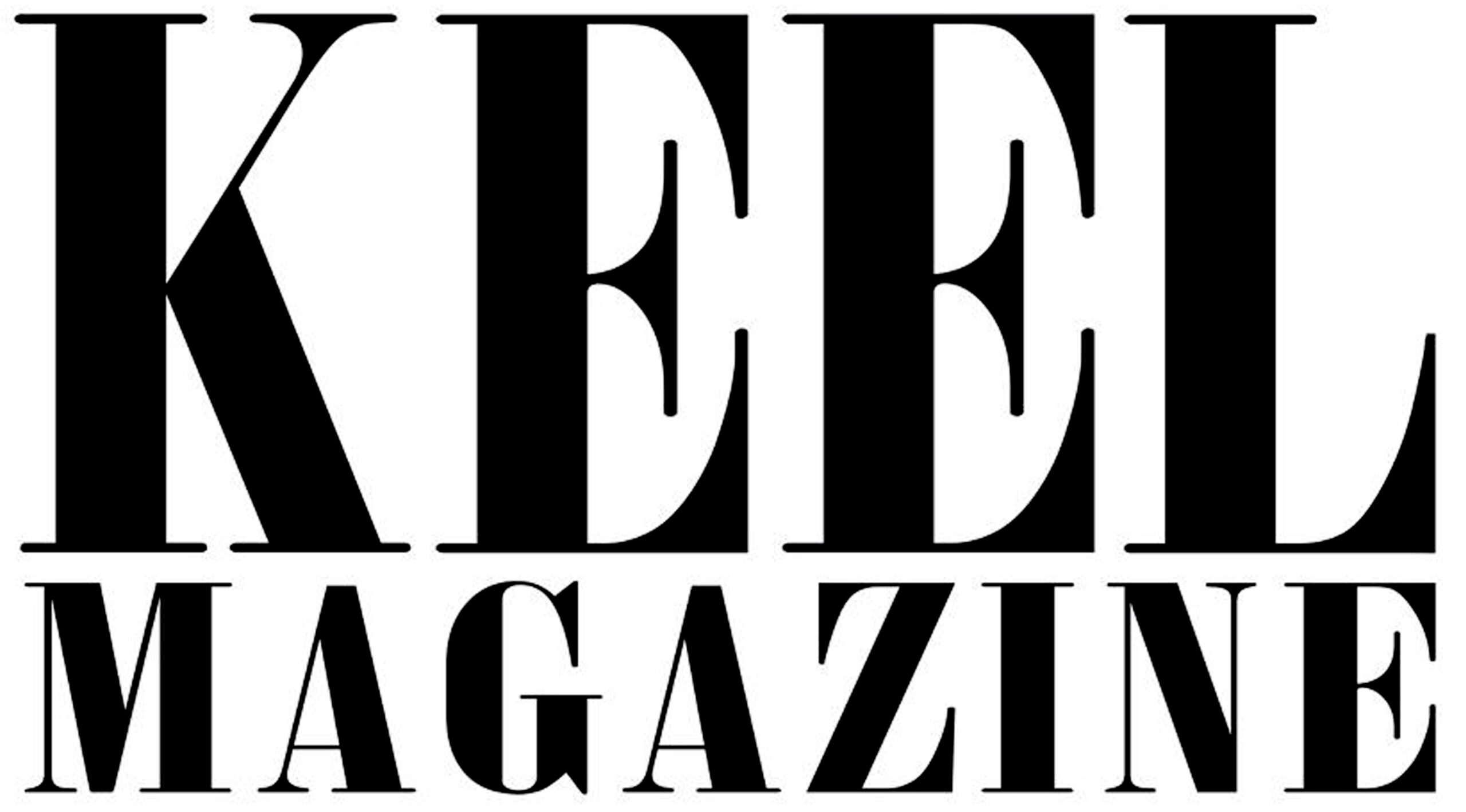The concept of sustainability was introduced in the 1970s when the United Nations began discussing the social and economic inequities among nation-states. The Brundtland Report, in 1987, defined sustainable development as that which “meets the needs of the present without compromising the ability of future generations to meet their own needs.”
Or, in the words of countless kindergarten teachers, “Don’t take more than your share.”
Sustainability is simplicity itself: it means to do no harm and use only what you need. The essential elements of sustainability are society, economy, and environment. As well, the economy rises from societal mores and rules, and those rules arise from the environment in which a society exists – its geography, geology, climate, and resources all dictate how a society orders itself. So, the economy nestles inside society, which nestles inside the environment.
Why Sustainable Fashion?
Ultimately the goal was to create a business that could ‘walk the talk’.
The garment industry is the second highest polluting sector in the world, right behind oil. Yet, many consumers are unaware of the impact of this industry, of the amount of pollution and waste created by the processes of creating textiles and making garments.
As with any industry, textile and garment production is vested in existing processes, adverse to any change to current practices. However, we — consumers and producers — need only make a few minor changes to how we behave and we can create a more sustainable industry, together. Consumers can demand a more sustainable product, but also must understand the implications of that demand. A cleaner product is also a slow fashion product. It is not a throw-away product. Instead of using social media to create demand for the current ‘it’ item that gets thrown away tomorrow, why not use social media to highlight the sustainable practices of companies that make cool stuff you want to keep and use for a long time?
Aiming for zero waste
My objective as a manufacturer of clothing is to come as close as possible to zero waste. To that end, at Laura Tanzer Designs, we reuse and recycle everything possible. For example, when we cut a production run, we try to maximize the use of the fabric, but there will always be remnant pieces of various sizes. The larger remnants are used to make totes and clutches that can either accessorize the current collection or stand on their own as mini art pieces. Smaller remnants go to schools and children’s organizations, to be used for art projects.
I also encourage my team to bring their lunches both economical and waste-minimizing. I insist on reusing paper and recycling all paper and plastic products that come into the atelier.

Designer: Laura Tanzer
Model: Natasha Rogerson
Photographer: Neil Peters Fotografie
Being a good neighbor
I want to be a positive part of my community – thus, growing a business and hiring, training, creating skilled jobs goes with the territory. That fills both the social and economic legs of the sustainability triangle.
I have sources in New York City, and in Western Europe that are family-run companies that have been around for a few generations. They have a clear understanding that anything toxic to them in the workplace is also toxic to the customer. So, we source all-natural fiber textiles. We source cotton threads and trims. My current favorite trim is a cotton grosgrain from France.
Since these family businesses have operated in a local/sustainable manner for generations, I have no problems with their fair trade practices. They meet the criteria for sustainability by employing locals, which contributes to the local economy, and they do not befoul their beautiful natural fabrics with toxic finishes. Clean and simple.
The returns on ‘Made in the USA’
What is really important about the ‘premium’ price for USA-made quality goods is that we are paying for skilled work right here. I am a proponent of “Made Right Here.” One thing consumers understand is that they will pay a premium if a business makes a good product, and makes it ‘Right Here.’ It’s understood their neighbors will have jobs, and their community will maintain economic viability in a very unstable world.
I like to interface directly with the consumer. I do trunk shows at boutiques around the country, to both get in front of new clientele, and to give the boutique owners a peek at the joy people find in wearing a really well-made garment that was ‘Made in the USA’. I also do private trunk shows hosted by someone who invites a dozen or so of her fashionista pals for a party. These are great fun! People can try and show, get approval, and generally leave with their 2-4 items that they know will look great and are wearable for infinite seasons. This model is my way of getting in front of my target clientele, and it is a great way to educate that clientele about sustainable fashion. It is up close and personal, and also fun (Who doesn’t like to play dress up in beautiful clothes?).
One other point – I cater to real women, most of whom have curves. My clientele ranges from 35 – 85. My design sensibility is modern, sustainable, with classic lines and interesting details, and my engineered garments fit the real woman’s body.
Editor’s note: Laura Tanzer is the owner of Laura Tanzer Design, a company that makes modern clothing for women with a focus on the quality of materials, construction, and fit.
Laura Tanzer Designs incorporates natural fibers, and are designed and made by skilled sewing technicians in Tucson, Arizona. Laura Tanzer won the Emerging Designer of the Year award at Phoenix Fashion Week 2016.
Guest editorial by Laura Tanzer
Copyright © 2022
